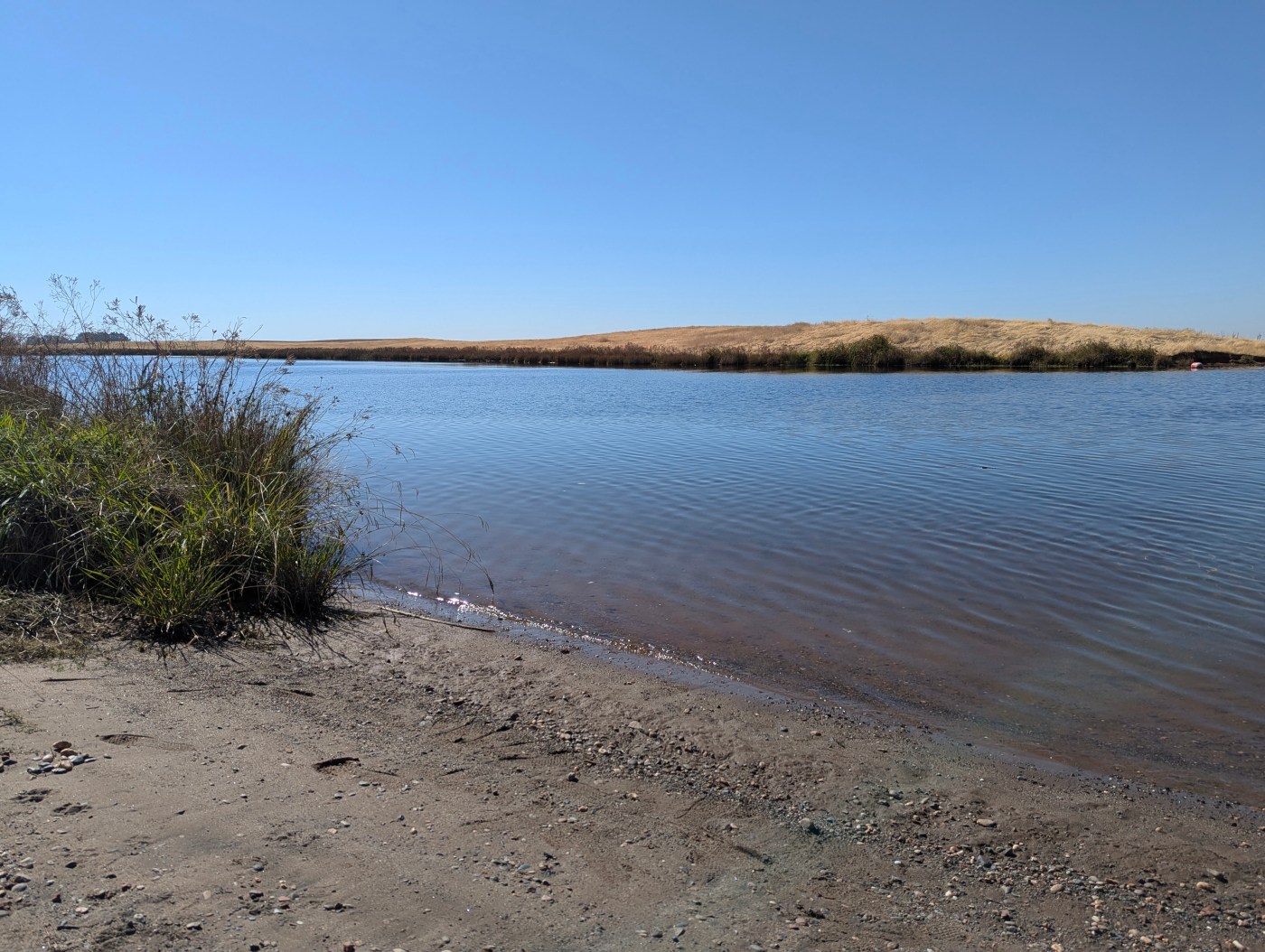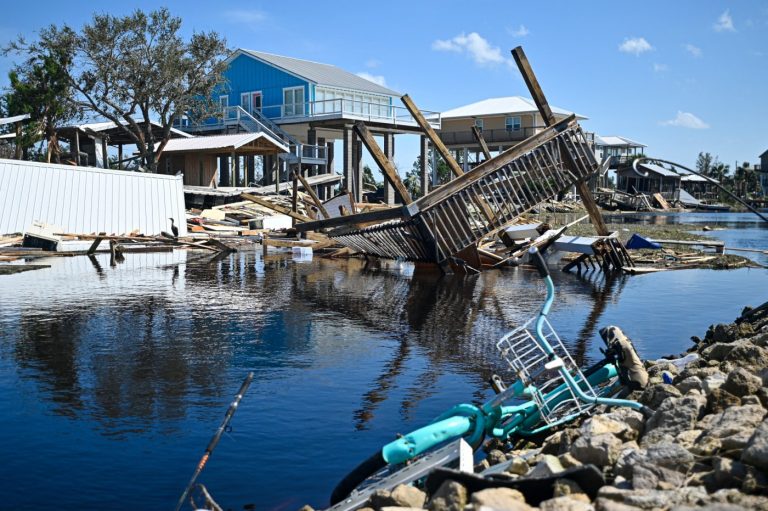OROVILLE — With the new water year having arrived Tuesday, the California Department of Water Resources is focusing on storms and flood risk.
In a presentation on the new water year, DWR Director Karla Nemeth said October is generally when the state starts to push for flood preparedness.
“We are really in a state of preparing for extremes in the 2025 water year,” Nemeth said. “It’s really actually been a decade of extremes. The last two years being very wet and a very intense drought preceded that. Swinging from these extremes requires an evolving approach to water management approach in California.”
Butte County groundwater saw a small boost toward the beginning of the water year thanks to winter storms. Kelly Peterson, a scientist with Butte County Water and Resource Conservation, said the water year runs from Oct. 1 to Sept. 30 of the following year on any given year, adding that the bulk of information regarding the previous year is usually presented in the spring once data is collected.
“We did however see above average precipitation conditions at the end of the 2023 water year which resulted in decreased usage and increased storage of groundwater,” Peterson said. “This started the 2024 water year off with good conditions.”
Peterson said groundwater is sustained by multiple elements including rain but noted that while recent rain has helped, longer sustainability will require much more than just above-average rainfall over two years.
“What we can say from recent data collected from monitoring wells across Butte County’s landscape over the past six months or so is that two-thirds of the wells measured are showing normal to above normal conditions as compared to the last 10 years of data for each well,” Peterson said. “If we look at longer-term trends however, there are areas within the county in the vicinity of Chico — and north and south of it — that are showing declines in groundwater levels, especially in areas that are dependent on groundwater with relatively low or no surface water sources to rely on for water supply. We will need more than just a couple of wet years to see changes in these longer-term trends.”
The county has provided annual groundwater reports since 2000, which the state began requiring in 2021.
Weather impact
During DWR’s presentation, climatologist Michael Anderson gave a rundown of expected weather over the course of the next water year.
As in previous years, DWR is expecting fall rains to begin sometime in October or November. After that, Anderson said the state receives about half of all of its rainfall from December through February. The snowpack generally peaks at the beginning of April.
Related Articles
$1.5 billion project to expand major Bay Area reservoir falls through
Lake Oroville levels remain higher than previous years
Ecological Reserve calls for action on Big Chico Creek sediment
Oroville Dam spillway undamaged by Thompson Fire, DWR says
Bids come in on Orland water tank
“The time, pace and scale (of atmospheric rivers) often determine whether we are in flood or drought conditions,” Anderson said. “And how much snow develops. Our peak atmospheric season is right around the end of the calendar year. And into March, this is our transition month. If we had a dry spell we often look to March to bail us out.”
Peak snowmelt typically happens in May. From May to August is when water is at its highest demand, Anderson said.
Based on the presentation, it seems DWR is more heavily focused on flooding. Nemeth said the state is investing roughly $125 million in localized flood protection projects, citing the city of Pajaro south of the Bay Area where there was a levee breach in 2023. Nemeth said projects in this area will likely come to a close this fall.
“We will also be completing an important flood protection project down in the city of Stockton called Smith Canal Gates,” Nemeth said.













+ There are no comments
Add yours